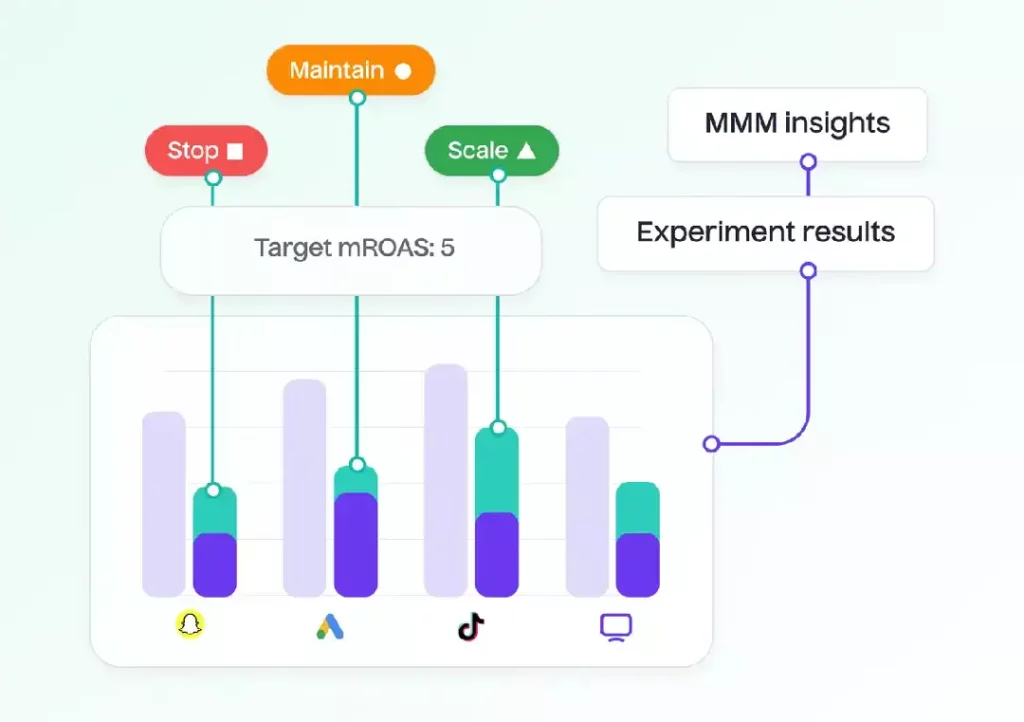
Can AI Marketing Forecasting Improve Campaign Accuracy?
In today’s fast-paced digital landscape, marketing campaigns are more crucial than ever for businesses to reach their target audience and drive conversions. With the increasing complexity of marketing strategies and the rise of data-driven decision making, accurate forecasting has become a vital component of successful campaigns. Traditional forecasting methods, however, are often limited in their ability to predict campaign performance, leading to overspending, inefficient resource allocation, and missed opportunities.
Enter AI marketing forecasting, a revolutionary approach that leverages machine learning and big data to identify patterns in purchasing behavior, seasonal trends, and ad response. By harnessing the power of AI, brands can now forecast demand, budget intelligently, and reduce overspend. But, as with any advanced technology, AI marketing forecasting is only as effective as the data used to train it. In this post, we’ll explore the benefits and limitations of AI marketing forecasting and provide insights on how to ensure quality data inputs and tune models for predictive clarity and campaign flexibility.
The Benefits of AI Marketing Forecasting
AI marketing forecasting offers several compelling benefits over traditional methods:
- Improved accuracy: AI algorithms can analyze vast amounts of data, including historical trends, seasonality, and external factors, to provide more accurate predictions of campaign performance.
- Increased efficiency: By automating the forecasting process, AI eliminates the need for manual data analysis, freeing up resources for more strategic tasks.
- Enhanced decision-making: AI forecasting provides real-time insights, enabling marketers to adjust campaigns on the fly and optimize budget allocation.
- Reduced waste: By predicting demand accurately, brands can avoid overspending and allocate resources more effectively.
How AI Marketing Forecasting Works
AI marketing forecasting tools use machine learning to identify patterns in purchasing behavior, seasonal trends, and ad response. These patterns are then used to generate forecasts of campaign performance, including metrics such as:
- Conversion rates: The likelihood of a user to complete a desired action, such as making a purchase or filling out a form.
- Click-through rates: The percentage of users who click on an ad or link.
- Cost per acquisition: The cost of acquiring a new customer or user.
- Return on ad spend: The return on investment for a specific ad campaign.
To generate these forecasts, AI algorithms analyze a range of data sources, including:
- Customer data: Historical customer behavior, demographics, and preferences.
- Market data: Trends, seasonality, and external factors that influence market demand.
- Ad data: Performance metrics, such as click-through rates and conversion rates.
Challenges and Limitations
While AI marketing forecasting offers numerous benefits, there are several challenges and limitations to consider:
- Data quality: AI algorithms are only as good as the data used to train them. Poor data quality can lead to inaccurate forecasts and poor campaign performance.
- Tuning models: AI models require careful tuning to ensure they are optimized for specific campaigns and markets.
- Interpretability: AI algorithms can be complex, making it challenging to understand the underlying logic and decisions made.
- Scalability: As campaigns grow in size and complexity, AI models may struggle to keep up.
Best Practices for AI Marketing Forecasting
To ensure quality data inputs and tune models for predictive clarity and campaign flexibility, follow these best practices:
- Collect high-quality data: Ensure that customer, market, and ad data is accurate, complete, and up-to-date.
- Choose the right AI algorithm: Select an algorithm that is well-suited to your specific use case and data type.
- Tune models regularly: Regularly review and adjust AI models to ensure they remain optimized for changing market conditions and campaign goals.
- Monitor and adjust: Continuously monitor campaign performance and adjust AI models as needed to ensure optimal results.
Conclusion
AI marketing forecasting is a powerful tool that can improve campaign accuracy, efficiency, and decision-making. By leveraging machine learning and big data, brands can gain a competitive edge in today’s fast-paced digital landscape. However, ensuring quality data inputs and tuning models is key to predictive clarity and campaign flexibility. By following best practices and understanding the challenges and limitations of AI marketing forecasting, marketers can unlock the full potential of this technology and drive better results for their campaigns.
Source:
https://www.growthjockey.com/blogs/ai-marketing-forecasting-trends






